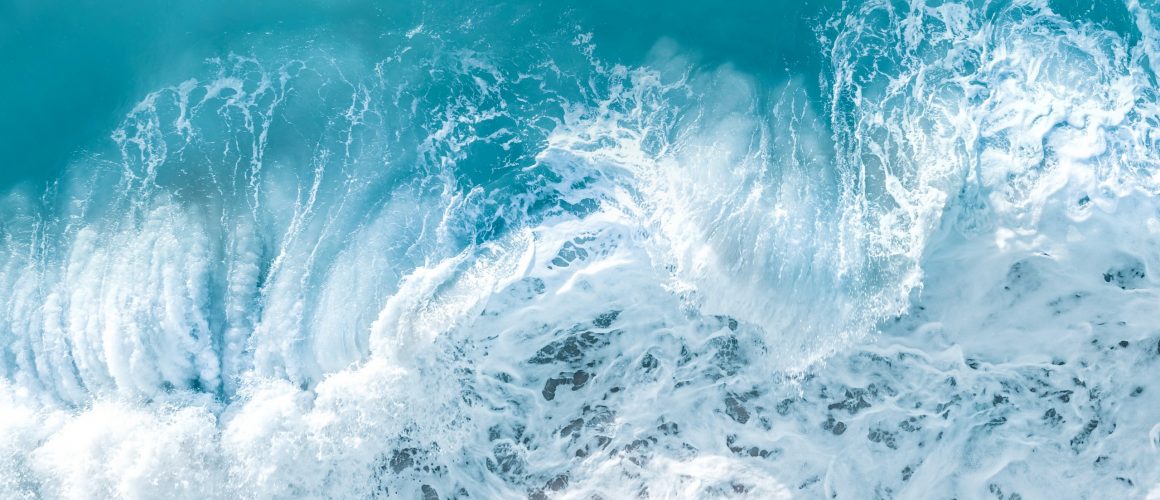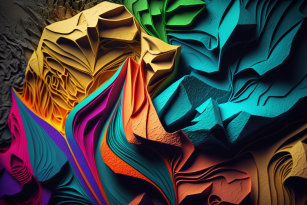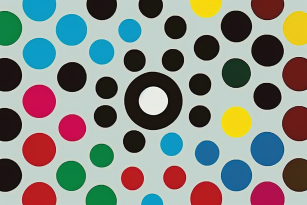A.I generated art – the future is here
- Unique and Original Art: AI-generated art is unique and original since the algorithms used by AI are programmed to create something new.
- Faster Creation Process: AI can generate art at a faster pace compared to humans. This can lead to a quicker turnaround time for creative projects.
- Greater Accessibility: AI-generated art can be created by anyone, regardless of their artistic ability or background, making it more accessible to a wider audience. You only need to learn the prompts
- Cost-Effective: Creating art with AI is often more cost-effective than hiring a human artist since it requires fewer resources and time. You become the controller of content.
- Endless Possibilities: AI art can be created in an endless number of styles and variations. This allows for a broad range of creative expression.
- Increased Productivity: AI can generate multiple artworks simultaneously, increasing productivity levels in the art industry.
- Experimentation: AI art offers endless opportunities for experimentation, as it can create art in styles and mediums that are impossible for humans to replicate.
- Improved Accuracy: AI algorithms are programmed to be consistent and persistent which can result in higher accuracy levels when creating art.
- No Human Error: AI-generated art is free from human error. This makes sure that the final product is flawless. No back and forth with a creative.
- Creative Assistance: AI can be used to assist human artists in their creative process. Understanding simple prompts is all the is needed.
- Easy Replication: AI-generated art can be easily replicated, making it possible to produce multiple copies of an artwork with identical quality.
- Greater Efficiency: AI can automate some of the more time-consuming aspects of the creative process. making it more efficient.
- Rapid Innovation: AI-generated art can drive rapid innovation and evolution in the art industry, leading to This leads to new forms of artistic expression.
- Improved Decision Making: AI can analyze data and provide insights. This can can help artists make better decisions about their creative process.
- New Art Forms: AI-generated art can create new art forms that are impossible for humans to create. This being able to create your own style. This can be done by learning best prompts for your image
- Consistency: AI-generated art is consistent in terms of quality, style, and design. This is essential for creating a brand or establishing a unique artistic voice.
- Personalization: AI can create art tailored to individual preferences or specific audiences. This makes it possible to personalize the creative experience.
- Sustainability: AI-generated art reduces waste and carbon footprint by using digital tools and reducing the need for physical materials.
- Scalability: AI art can be scaled up or down to meet the needs of different projects or applications, making it adaptable to various contexts.
- Integration: AI can integrate with other technologies. This is augmented or virtual reality, to create immersive and interactive art experiences.
Here are some examples of A.I art you can utilize.
- Generative art: Art generated by algorithms that follow rules and parameters set by the artist or programmer.
- Style transfer: Art created by transferring the style of one image onto another using machine learning algorithms.
- Neural art: Art created using artificial neural networks to generate new images, textures, and patterns.
- Computer-aided design (CAD): Art generated using computer software to create digital models and designs.
- Interactive art: Art that responds to the viewer’s input or environment using sensors and computer vision technology.
- Data visualization: Art that uses data and algorithms to visualize complex information. This is dome in a creative way through the artists eyes.
- Augmented and virtual reality art: Art that integrates with AR and VR technology to create immersive and interactive experiences.
- 3D printing: Art created using 3D printing technology that allows for the production of physical objects from digital designs.
These are just some examples, and there are many more possibilities for AI art as technology and algorithms continue to advance.
There are more positive when creating A.I art . Here are some of the negatives.
- Intellectual property: If AI is used to create art that resembles existing works, there may be copyright or trademark issues that need to be considered.
- Bias and discrimination: AI algorithms may contain inherent biases or reinforce stereotypes, which could be problematic when creating art that is intended to be inclusive and diverse.
- Data privacy: AI algorithms often require large amounts of data to function effectively, which could raise concerns about data privacy and security.
- Responsibility: The responsibility for AI-generated art is still unclear, particularly if the artwork creates harm or offense.
- Transparency: Lack of transparency and authenticity can be a issues in a new medium. in AI algorithms can make it questionable of how the artwork was created or to verify its design . However if you created it using the prompts you created to do it- its your design.
- A: The use of AI-generated art may be seen as appropriating the work of human artists or undermining their creative value.






